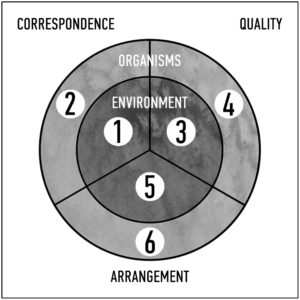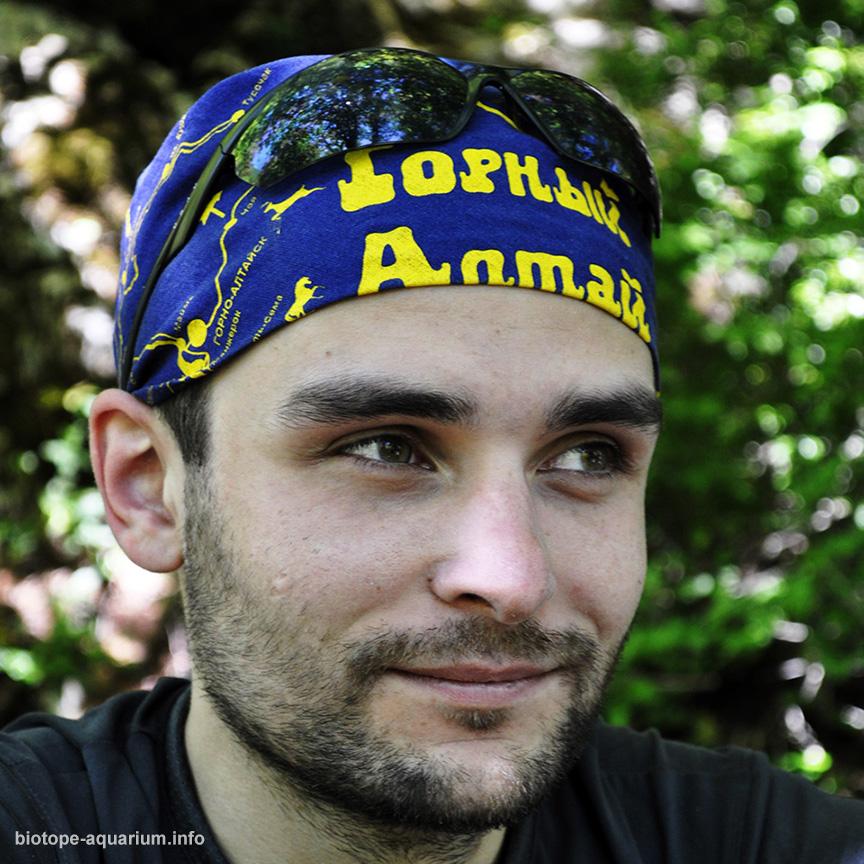What is a biotope aquarium?
Over the past few years, biotope aquaria have become more and more popular. Exotic fish, shellfish and plant lovers are creating their mini-ecosystems in their homes, skillfully copying natural habitats and creating perfect conditions for keeping them. However, the improper comprehension of the concept periodically occurs among those who are interested.
To understand in more detail what a “biotope aquarium” is, I recommend you to dive into the world of the underwater biotopes for a while. Few people guess how beautiful they really are. Special cameras allow us to take a fresh look at the underwater landscapes, equal to the ones above water.
Unfortunately, every year thousands of biotopes on our planet are destroyed and we risk not seeing many species of aquatic organisms not only in the nature environment, but also in aquaria. Our task is to collect as much information as possible and to help a little to save endangered biotopes. Since 2011, we have been holding The Biotope Aquarium Design Contest, which helps us to draw attention to new aquarists on how to create the correct conditions for keeping aquarium fishes. Many of you may help us in performing some research and participating in our contest.
BIOTOPE, SPECIES RANGE AND ECOSYSTEM
Let’s take a look at the most important scientific terms. Do not worry if you don’t get the meaning of some terms at once. It will become clearer a little bit later. The process will be exciting and educational.
Let’s consider these terms for example of an Oscar (Astronotus ocellatus). The species range of this species is the territory of the South American river systems of the Amazon, Orinoco, Oyapok, etc. Oscars live in various biotopes, each of them possesses unique characteristics, however, they have something in common nevertheless. For example, places with driftwood or covered under coastal vegetation in rivers and creeks with slow flow.
Pictures description: In a water system there may be several biotopes with different environmental conditions and communities of living organisms. For example: 1. A biotope of a stream with a rapid current, cool and oxygenated water. 2. A biotope of a marginal area of a lake, littered with driftwood and leaves, with a low pH. 3. A biotope of a shallow part of a river with muddy bottom, covered with water plants. 4. A biotope with sand and stones, with a high GH.
Each species of living beings and their separate populations has preferences of habitat conditions: substrate type, intensity of lighting and flow, water temperature and chemical composition of water, food supply, competing and predatory species. All these form a biotope. However, it should be understood that everything changes in nature. A biotope has no clear boundaries. It may change because of weather conditions or mans intervention. Some fish species migrate within their species range, living in various biotopes and interacting with a variety of organisms. Individuals of one species, but of different age, may also change their environment.
Thus, speaking about a nature biotope, we should imagine not only a certain point on the map, but also the environmental conditions of the organisms living in this place.
REFLECTION OF A NATURE BIOTOPE IN AQUARIUM
What should an aquarium look like? Viable from the point of view of its inhabitants, beautiful and interesting to observe from the human point of view. This rule is true for all types of home decorative aquaria. But what are the characteristics of biotope aquaria?
Nature biotopes of various corners of our planet are the home for many decorative fish species. Each biotope has unique characteristics and is populated with living organisms, specific only for this area. For thousands of years fish and plants were adapting to the particular environmental conditions.
As well as natural ecosystems, an aquarium contains the environment and living organisms. Our task is to collect as much information as possible on a nature biotope and to recreate all the necessary conditions for the successful living of fish and plants in an aquarium.
At first sight some aquaria may seem to be a biotope, however, they may be considered as such only partly. Let’s consider examples:
- In a geographic aquarium* aquatic organisms are selected by belonging to an area, without binding to a certain biotope and environmental conditions. For example, an aquarium for large fishes from the water area of the Amazon River or an aquarium for cichlids from Tanganyika Lake.
- In an ecological aquarium* aquatic organisms are selected by similar requirements to environmental conditions, without binding to a certain area or a biotope. For example, an aquarium for the fishes preferring cold water and strong current, or the fishes who need stone shelters and increased content of salts of total and carbonate hardness.
- In a species aquarium* particular conditions are created for living of a specific fish species, without binding to the certain area or a biotope. For example, an aquarium with “black water”, plenty of branches and leaves for Apistogramma agassizii cichlids.
*The given terms are not generally accepted and may be changed afterwards.
EVALUATION CRITERIA FOR BIOTOPE AQUARIUM
An Aquarium is an artificial ecosystem, consisting of biotope (environment) and biocenosis (living organisms). Their selection, combination and compliance to a nature biotope need to be evaluated using the following criteria:
 Environment correspondence. Decorations and substrate, selected for setting up an aquarium, should look like decorations and substrate in the specified biotope.
Environment correspondence. Decorations and substrate, selected for setting up an aquarium, should look like decorations and substrate in the specified biotope.
- Living organisms correspondence. Species of fishes, plants and shellfishes should be the same as in the specified biotope. They can be wild cought or home bred, but only with the wild colour. The varieties with unnatural colour are not allowed. The use of cosmopolitan and invasive species is allowed. However, their presence should be reasoned in the description.
- Environment quality. Parameters of decorations, substrates and their arrangement should correspond to vital needs of aquatic organisms. For example, not too many decaying leaves and algae, shelters for cichlids etc.
- Living organisms quality. Fishes, plants and invertebrates should look healthy. Their quantity and balance should be optimal for an aquarium. Presence of species for food is allowed. However, their presence should be mentioned in the description and correspond to biotope.
- Arrangement of the environmental components. Decorations and substrates in total should form the natural relief that creates the effect of presence in an underwater biotope. The view should be harmonious from the natural and esthetic point of view.
- Arrangement of living organisms. Fishes should behave naturally and occupy the provided niches. Plants should be put and grow the way they do in the nature.
If you want to present your work to the Biotope Aquarium Design Contest, you should write the name and the description of a biotope properly. The quality of the provided photos is also important. Please hide the equipment, clean the walls of the aquarium. Make all the specified fishes visible on your main photo. It will help you to reach a good result.
The concept, explained in the article, will be analyzed and corrected if necessary every year. We are always open for collaboration and are ready to take all people, wishing to help developing biotope aquaristic, to our team. If you have any ideas, please feel free to write to our e-mail: contact@biotope-aquarium.info


